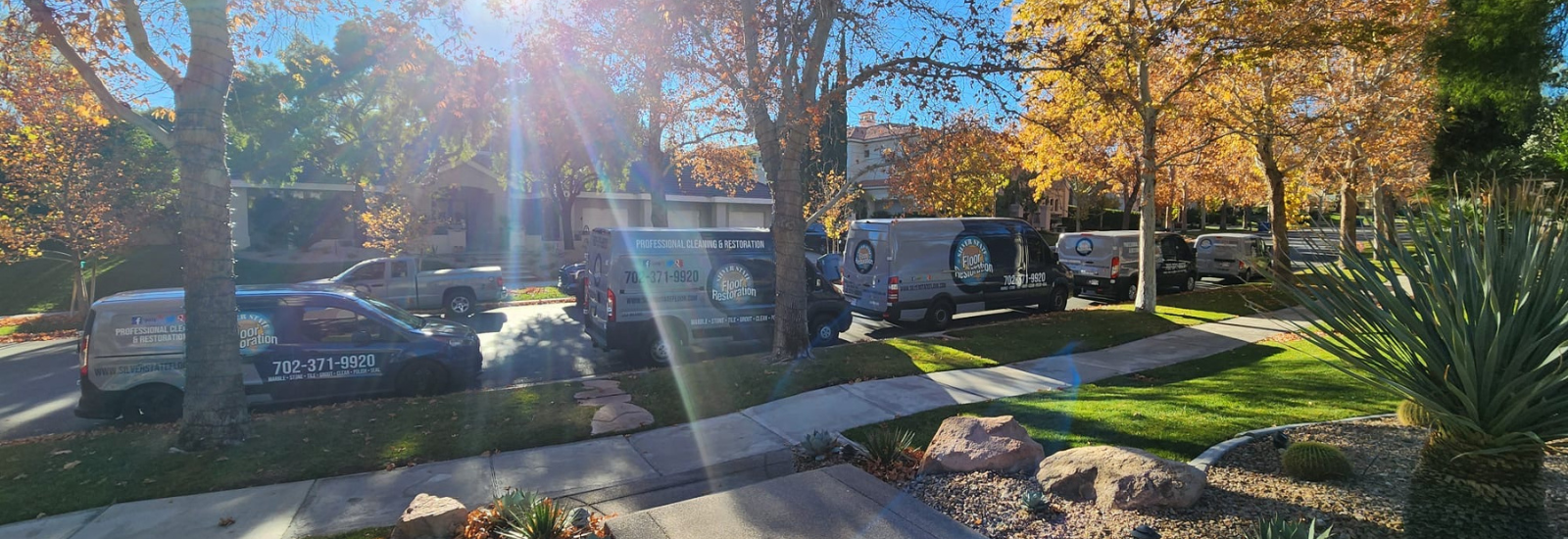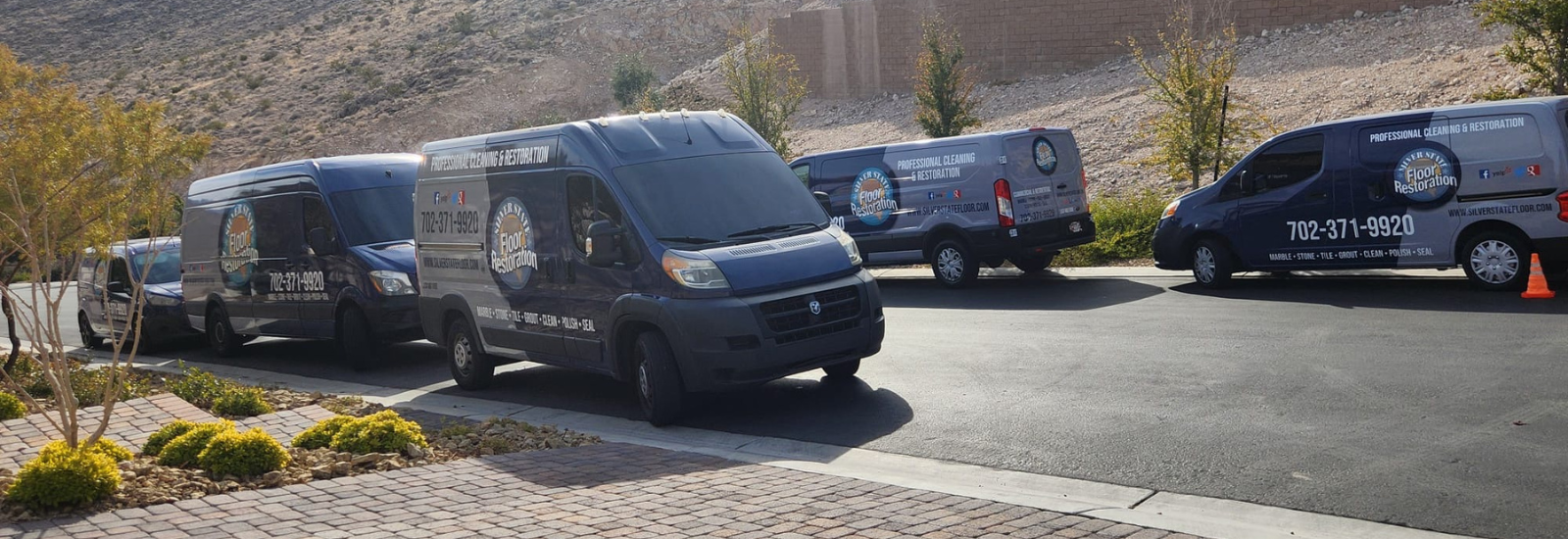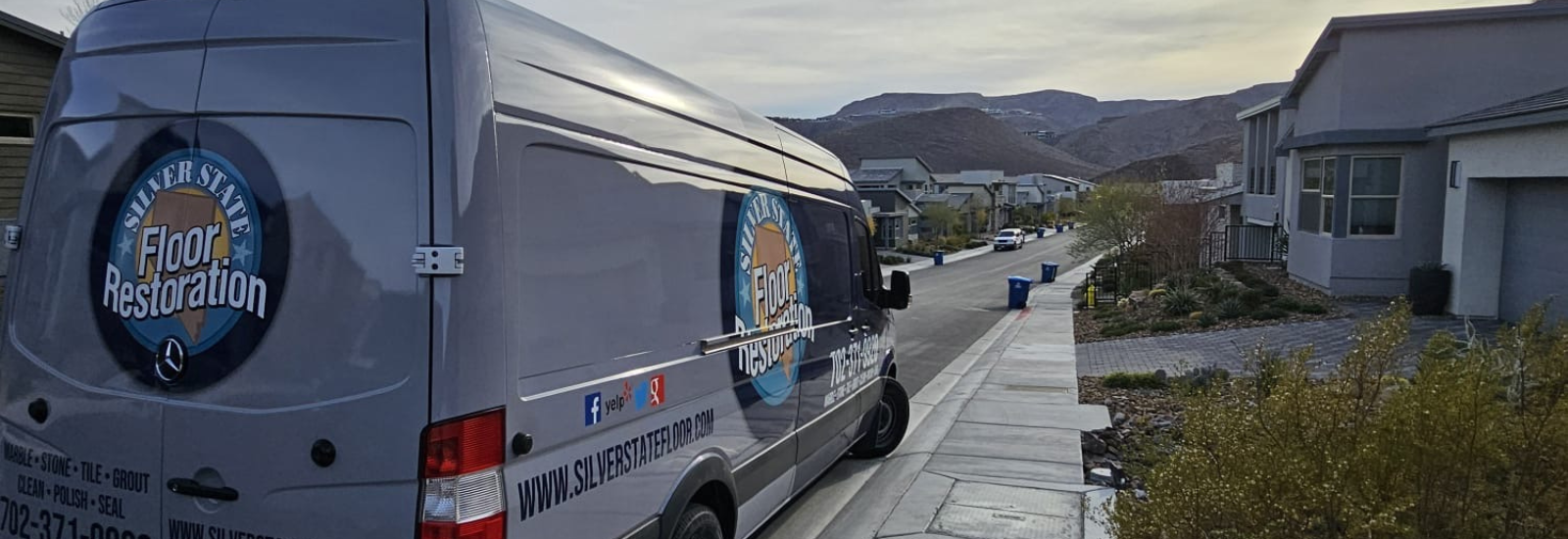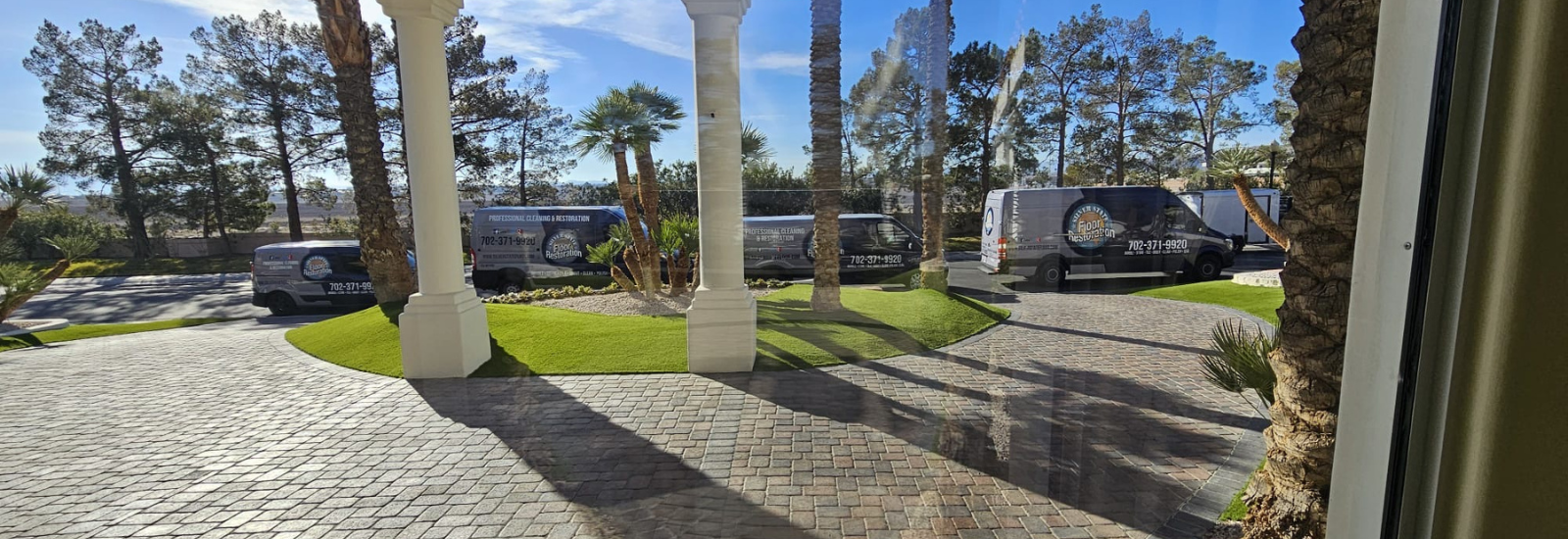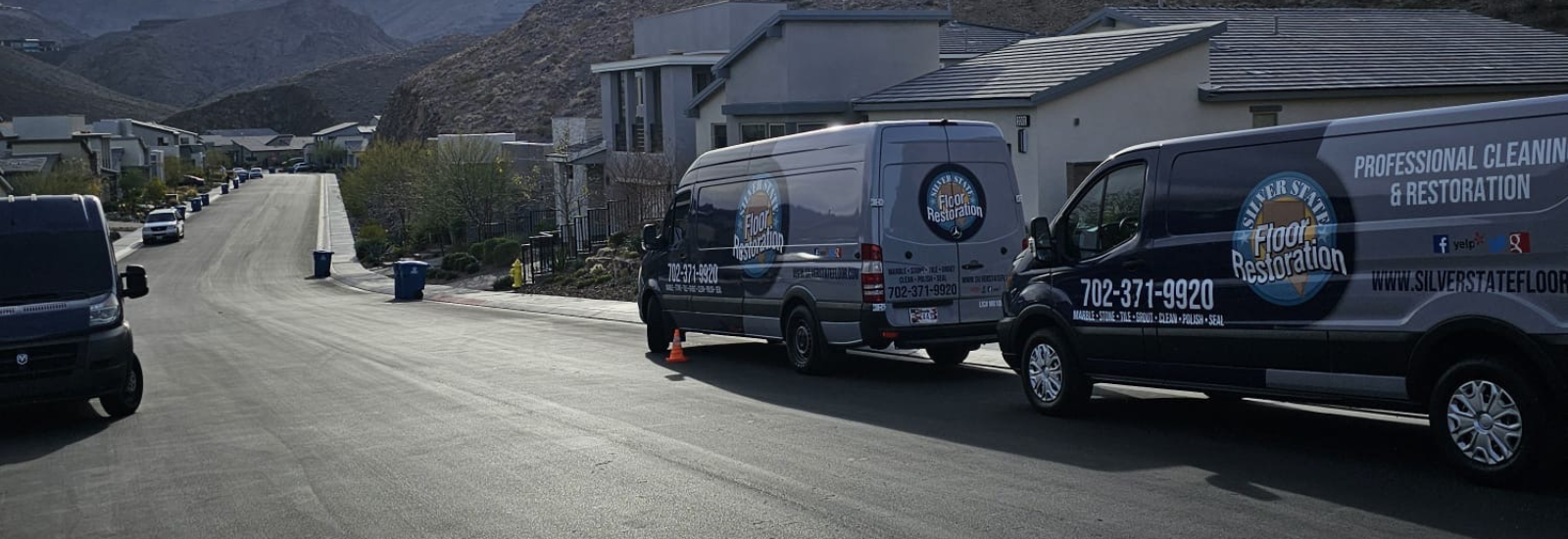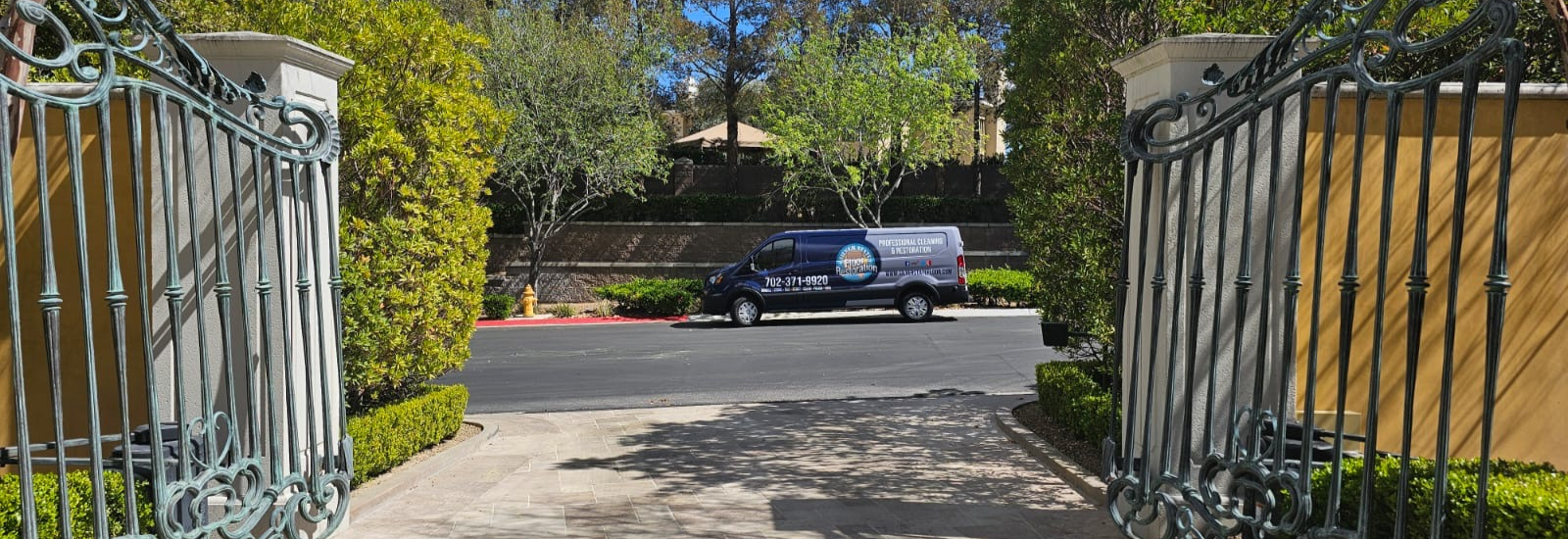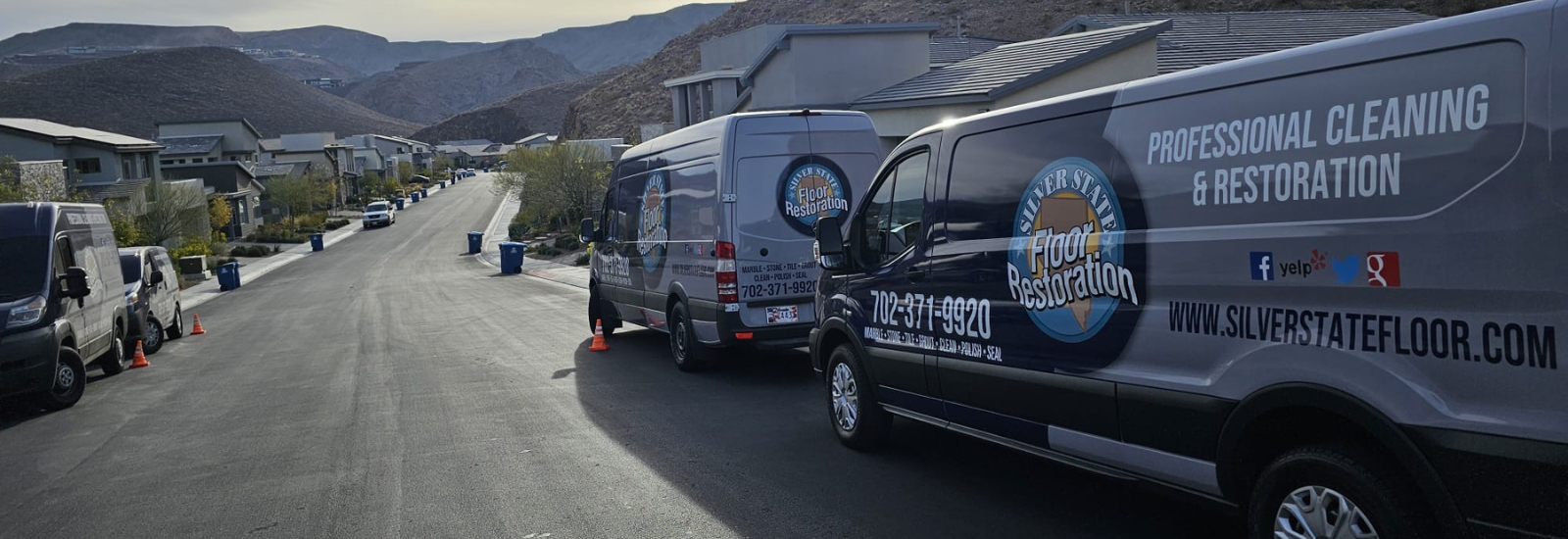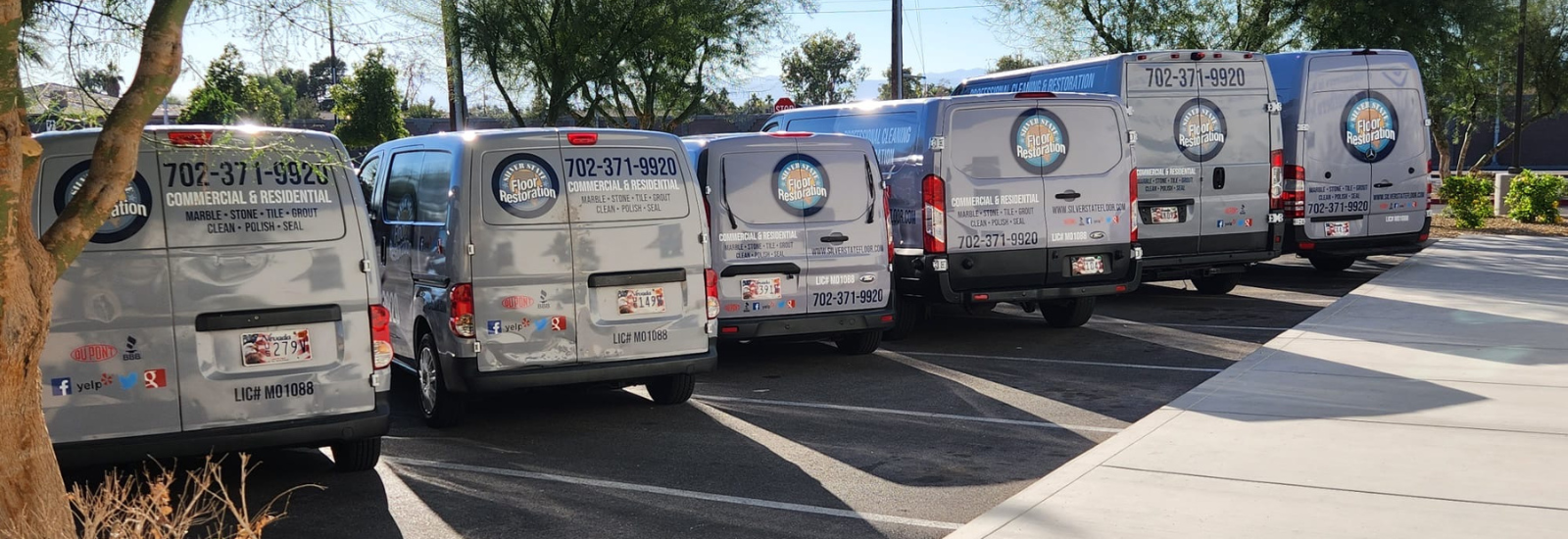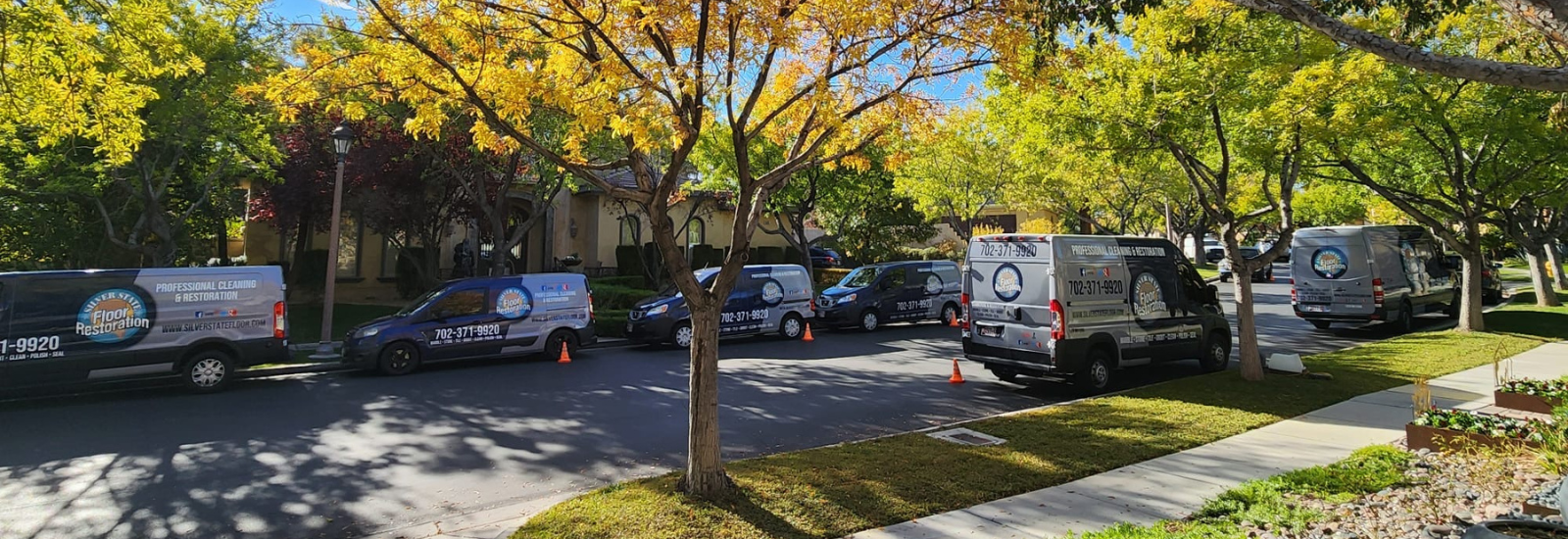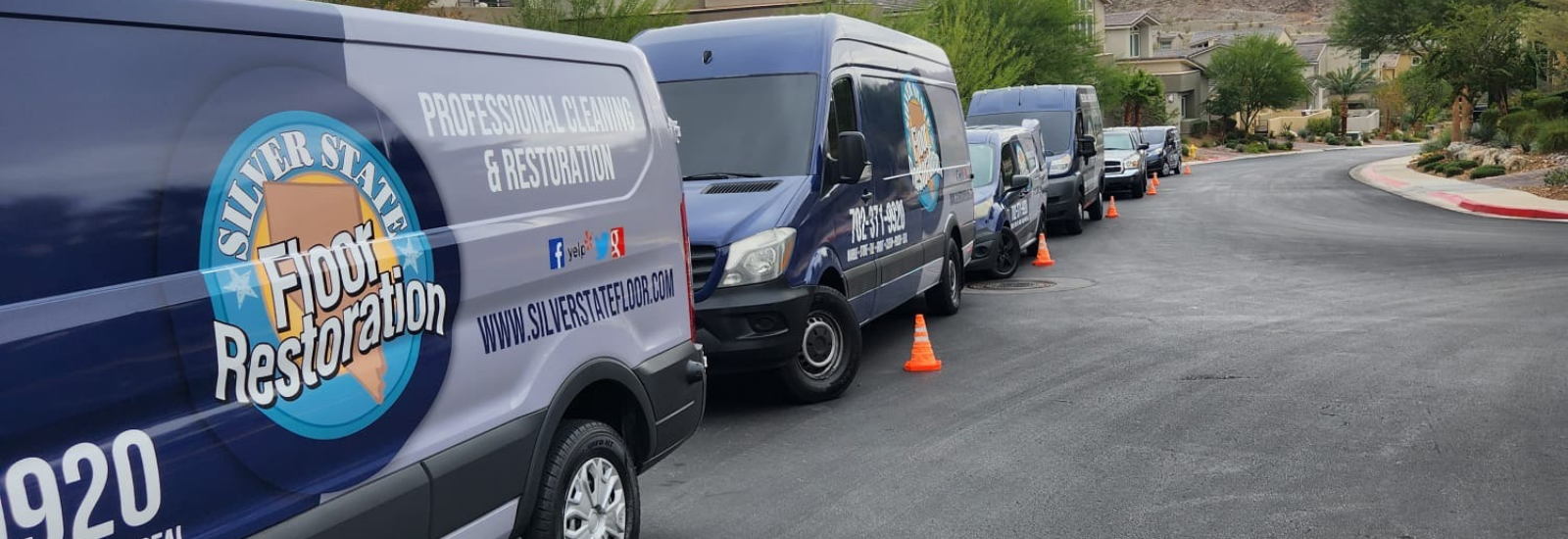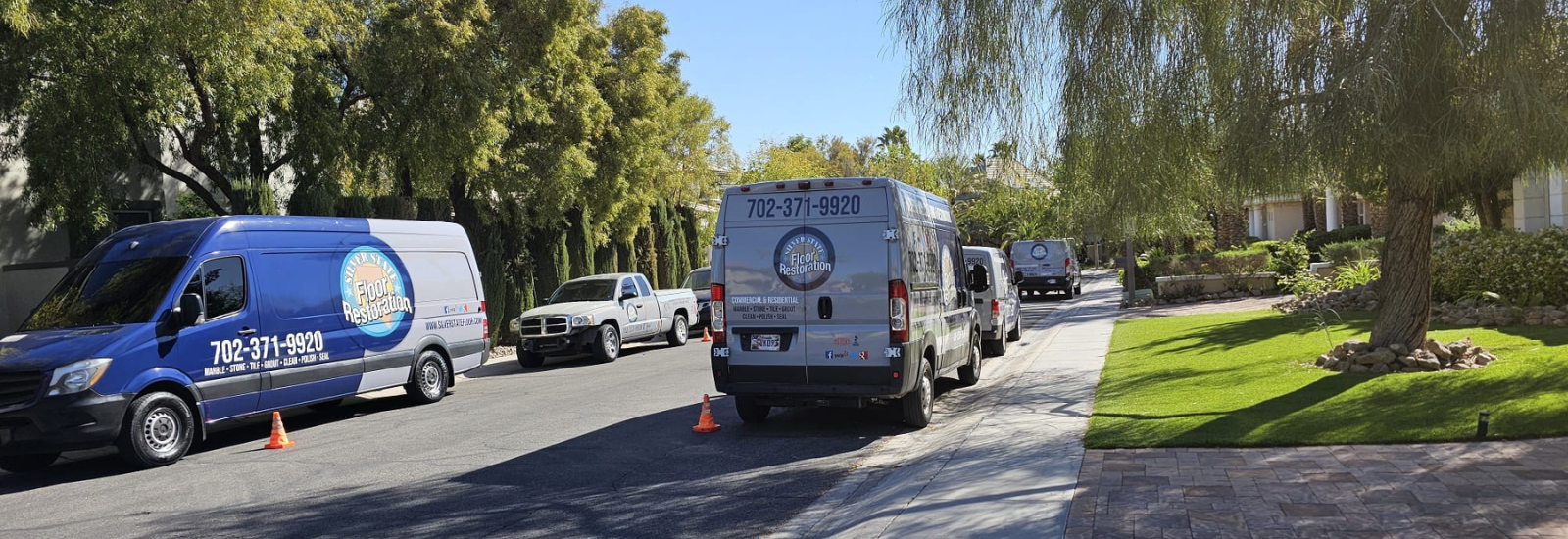Travertine is a beautiful, natural stone that adds elegance and timeless charm to floors, countertops, patios, and more. However, like all natural stone surfaces, travertine requires proper care and maintenance to keep it looking its best. One critical step in maintaining travertine is sealing it periodically. Sealing protects the stone from stains, water damage, and wear, extending its life and preserving its appearance. But how do you know when your travertine needs resealing? Waiting too long can lead to costly damage, so it’s essential to recognize the top signs that your travertine needs resealing ASAP. Considering this, we at Silver State Floor Restoration would like to share the signs your travertine needs resealing as soon as possible.
Water No Longer Beads on the Surface
. One of the easiest ways to check if your travertine needs resealing is the water test. Simply sprinkle a few drops of water on the stone’s surface. If the water beads up and sits on top, your seal is still doing its job, creating a water-resistant barrier. But if the water soaks in quickly or leaves a dark spot, it means the seal has worn off, and the stone is vulnerable to damage. This is a clear signal that resealing is overdue.
Stains Start Appearing Easily
Travertine is porous, meaning it can absorb liquids like wine, oil, coffee, or even cleaning products. When properly sealed, the stone resists stains. However, if you notice new stains appearing even after quick cleanups, your travertine’s protective seal has likely degraded. Stains that sink into the stone are a warning that it’s time to reseal before permanent damage occurs.
Surface Looks Dull or Worn
A sealed travertine surface has a natural, healthy sheen. If your stone starts to look dull, faded, or chalky, this could indicate the seal has worn away. High traffic areas or outdoor stones exposed to weather can lose their seal faster. Dullness often comes with rougher textures or increased surface wear, signaling the need for resealing to restore both beauty and protection.
Increased Water Spots or Etching
Travertine is sensitive to acids found in many household cleaners, citrus juices, and even rainwater. A proper seal helps protect the stone from etching, small surface marks caused by acid reacting with the stone. If you notice an increase in water spots or etch marks that weren’t there before, it could mean your seal isn’t providing enough protection, and resealing is necessary.
Time Since Last Sealing Exceeds Recommendations
Even if your travertine looks okay, it’s important to reseal based on time guidelines. Generally, travertine should be resealed every 1 to 3 years depending on use and exposure. Outdoor travertine or heavily used flooring often needs more frequent resealing. If it’s been several years since the last sealing, scheduling a reseal now is a smart preventative step.
Why Resealing Matters
Resealing travertine is a relatively simple, cost-effective way to maintain its durability and aesthetic appeal. Without a seal, your stone is prone to staining, erosion, and water damage that can be expensive to repair or may require replacement. Regular resealing preserves the stone’s natural beauty and protects your investment for years to come.
Natural Stone & Tile & Grout Cleaning, Sealing, Polishing & More in Aliante, Centennial, Desert Shores, Eldorado, Enterprise, Green Valley Ranch, Henderson, Lone Mountain Village, North LV, Peccole Ranch, Paradise, Silverado Ranch, Spring Valley, Summerlin, Sunrise Manor, Tuscany Village, Whitney, Winchester & Las Vegas Nevada
If you’ve noticed any of the signs above, don’t wait. Contact a professional travertine sealing service to assess your stone and get it resealed properly. Taking care of your travertine now will keep it looking stunning and strong for decades. Call Silver State Floor Restoration for cleaning and maintenance services to ensure your travertine is clean and protected.

